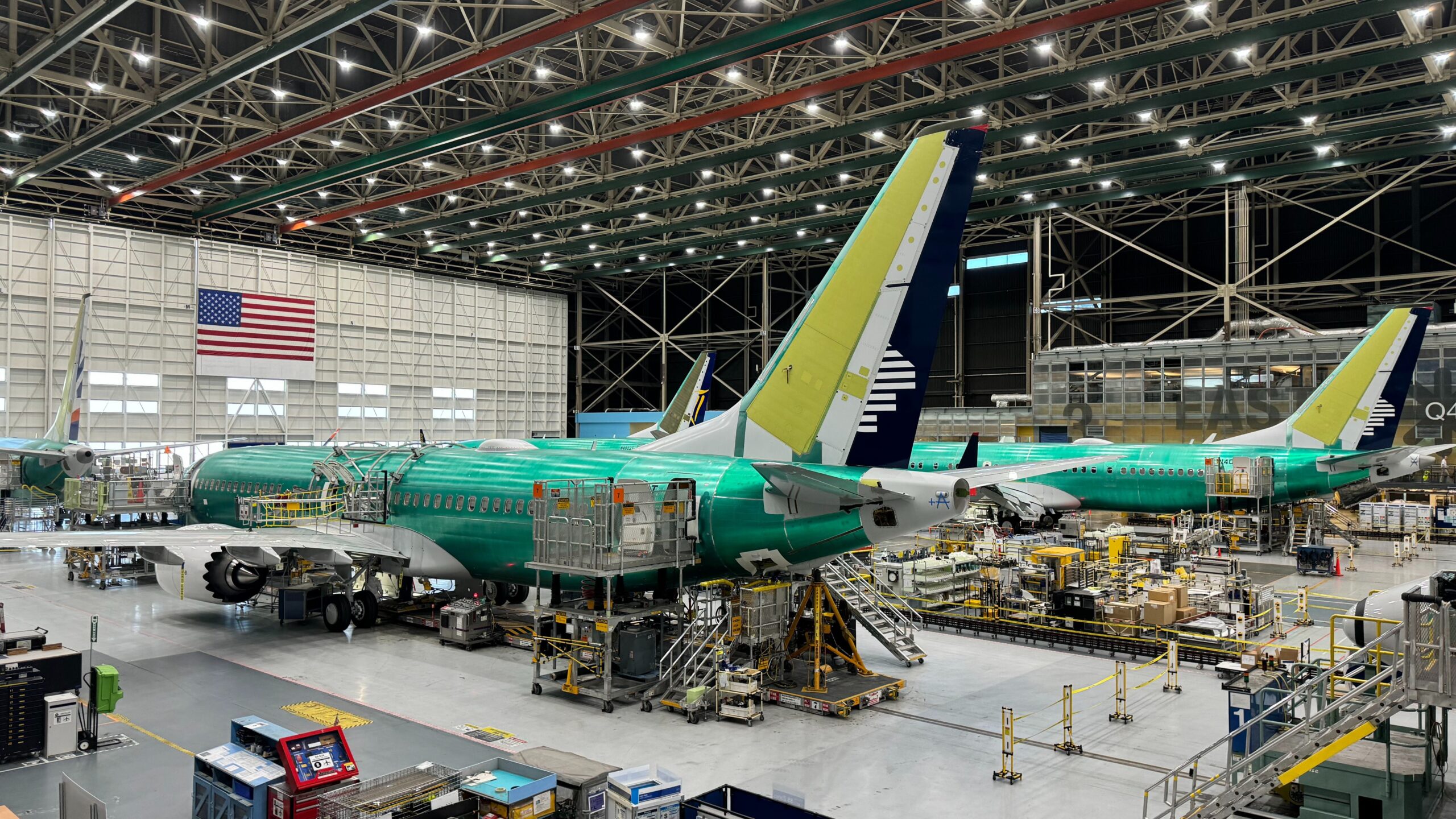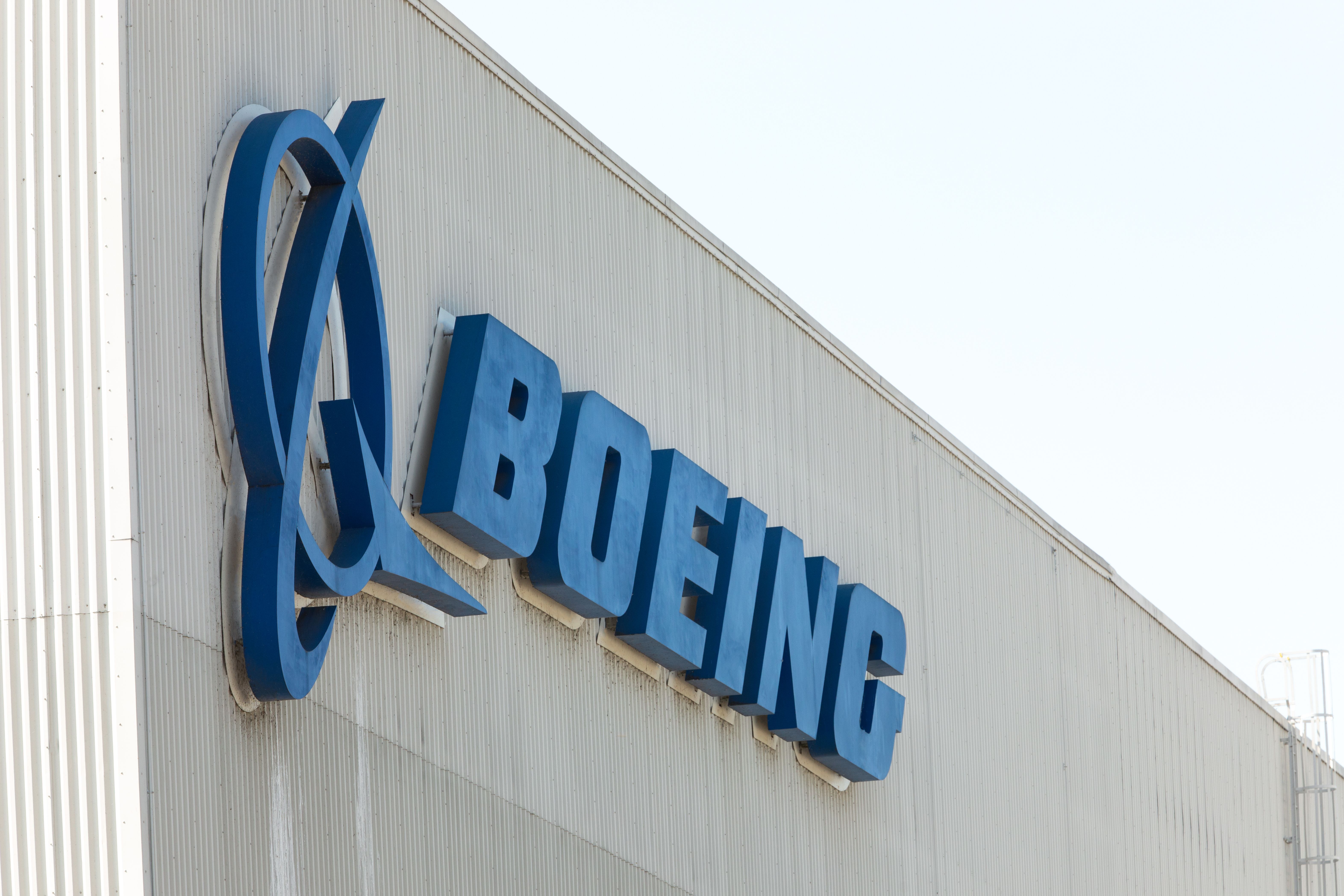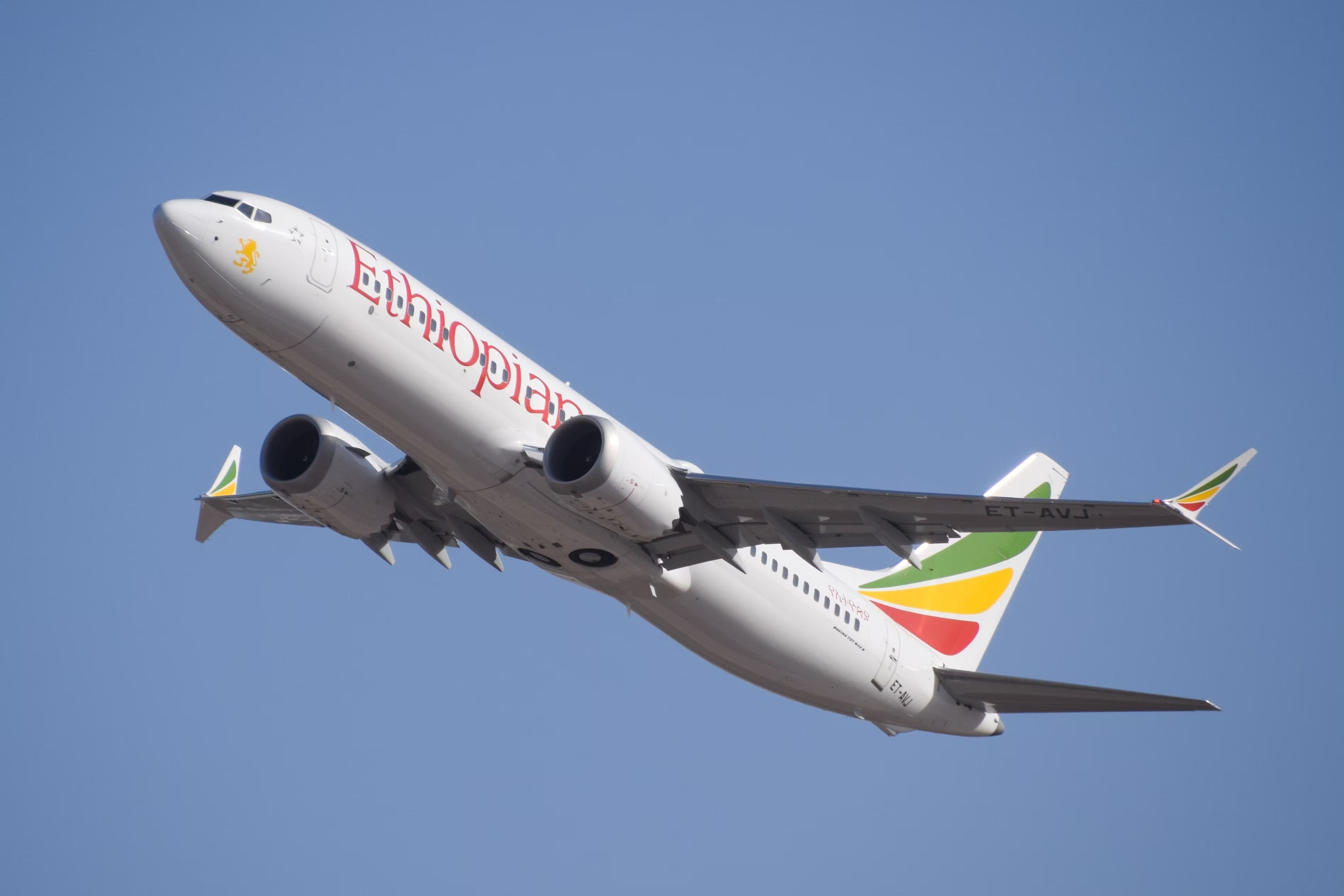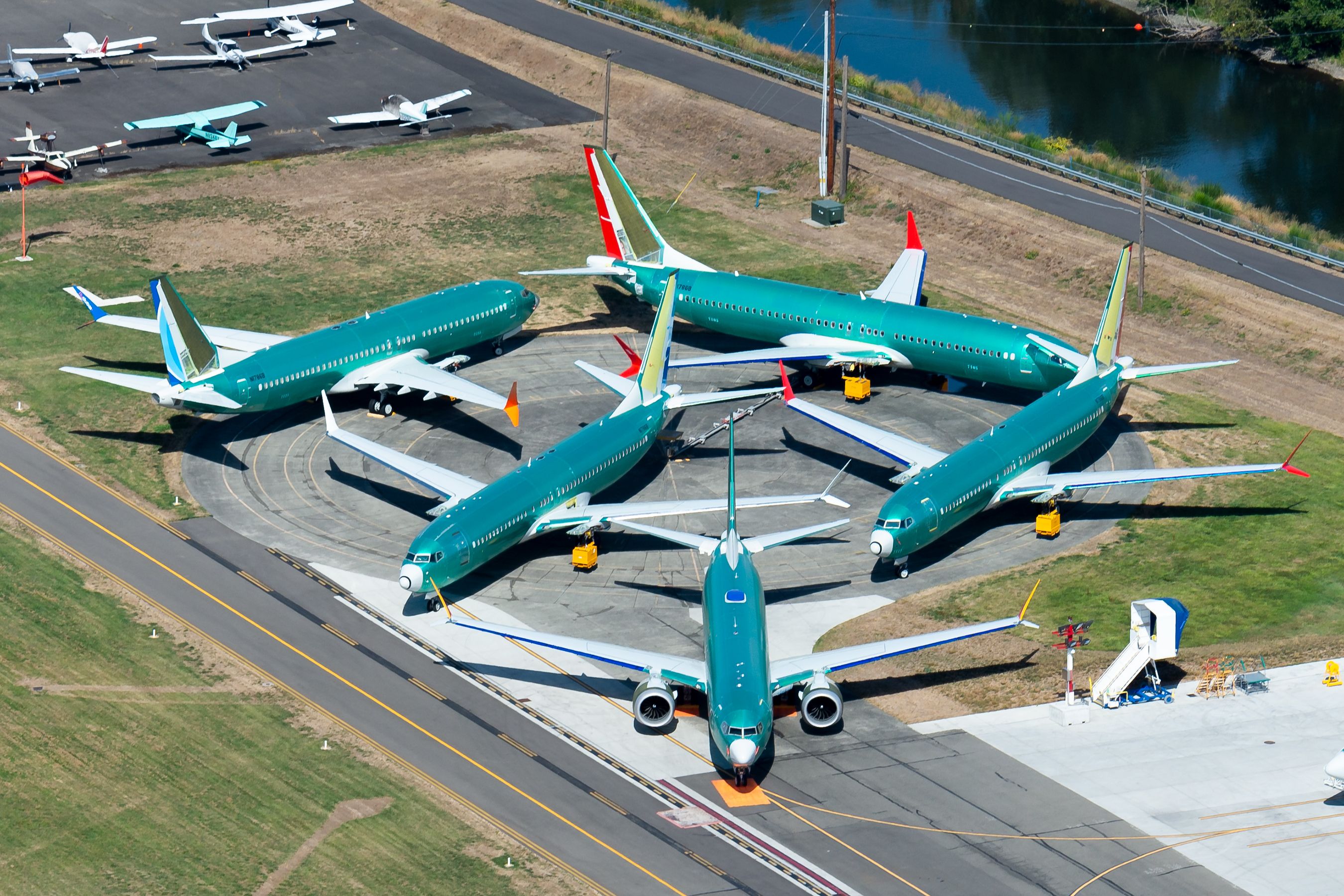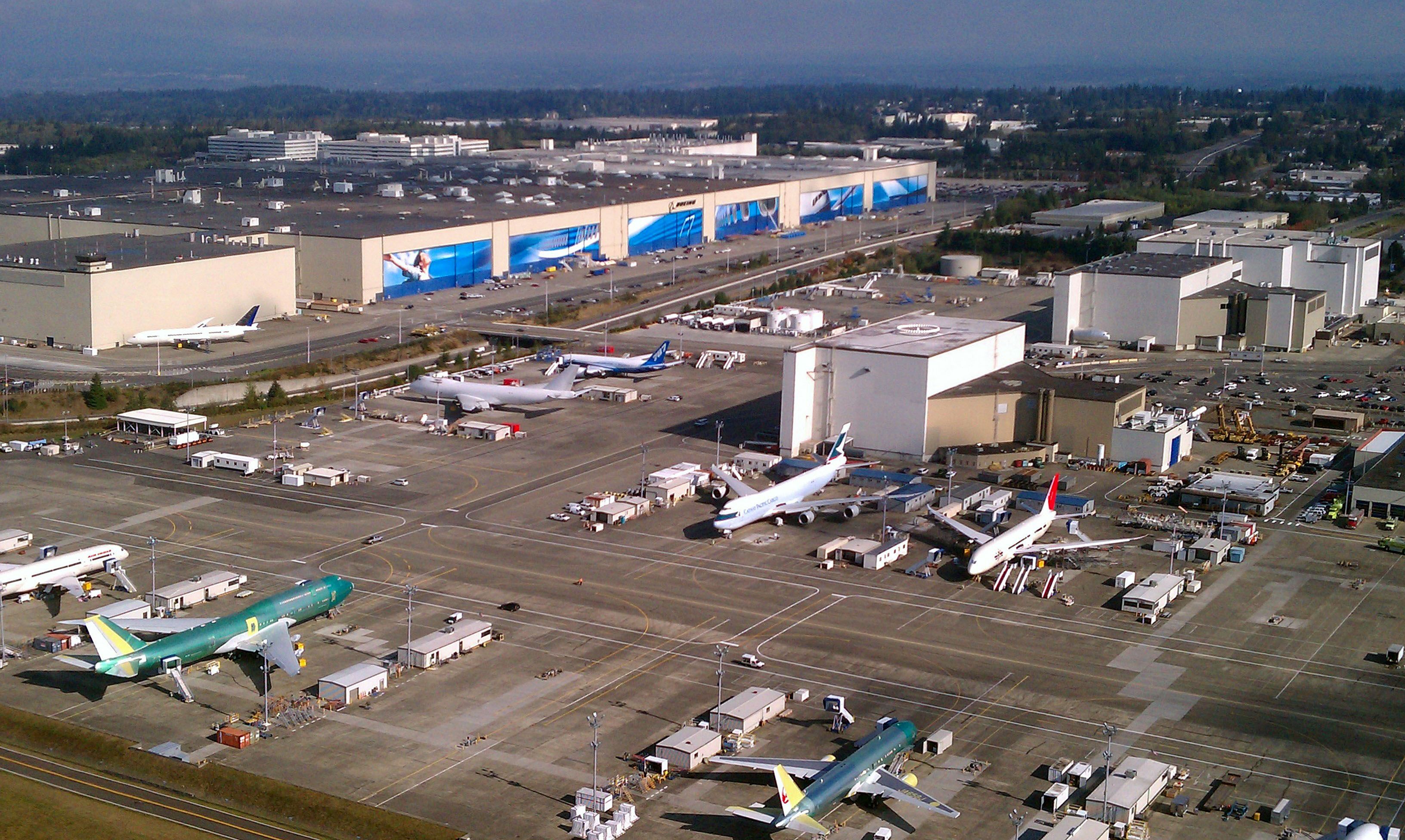Summary
- FAA found Boeing may have quality issues
- FAA & NTSB accused MCAS, not electrical issues
- Pierson claims manufacturing defects at fault
A new set of documents released by the Foundation for Aviation Safety (an advocacy group formed by former Boeing employee-turned-whistleblower Ed Pierson) suggests that an electrical malfunction could have caused the Ethiopian Airlines Flight 302 crash. The documents released on Thursday outlined a “slew of electrical issues” that were discovered as Boeing assembled the Ethiopian Airlines jet that crashed in 2019.
The documents outline confusion and chaos at Boeing’s Renton factory, where the two 737 MAX aircraft were built and later crashed. The twin crashes occurred in 2018 and 2019 and claimed the lives of some 346 people. In May 2024, the FAA stated there’s a “long road” ahead to restore Boeing’s safety culture.
FAA found Boeing may have quality issues
In a 2018 report, the FAA found that Boeing’s Everett facility employees were pushed to move too fast and produced defective pieces. The FAA report was in response to “at least two Boeing employees working at the Electrical Systems Responsibility Center (ESRC) in Everett, Washington submitted formal whistleblower complaints to the FAA.” The Everett facility was where workers prepared electrical parts for use on the 737 MAX aircraft.
Photo: VDB Photos | Shutterstock
The FAA found that Boeing management was forcing employees to work within time limits, which could lead to defective parts at the electrical center. The FAA stated, “Boeing Quality management is forcing employee’s to work within a time limits which could result in defective parts to leave ESRC Boeing. Management has created 1-minute pre-inspections check sheets and has threatened QA to buy work off that is not performed by the individuals.” The FAA’s onsite investigation at the facility occurred the same week as the Ethiopian Airlines Flight 302 airplane was built built at the 737 factory in Renton.
According to Ed Pierson’s allegations, the same production issues still affect the company today (despite Boeing’s own internal safety reports suggesting it has made major improvements).
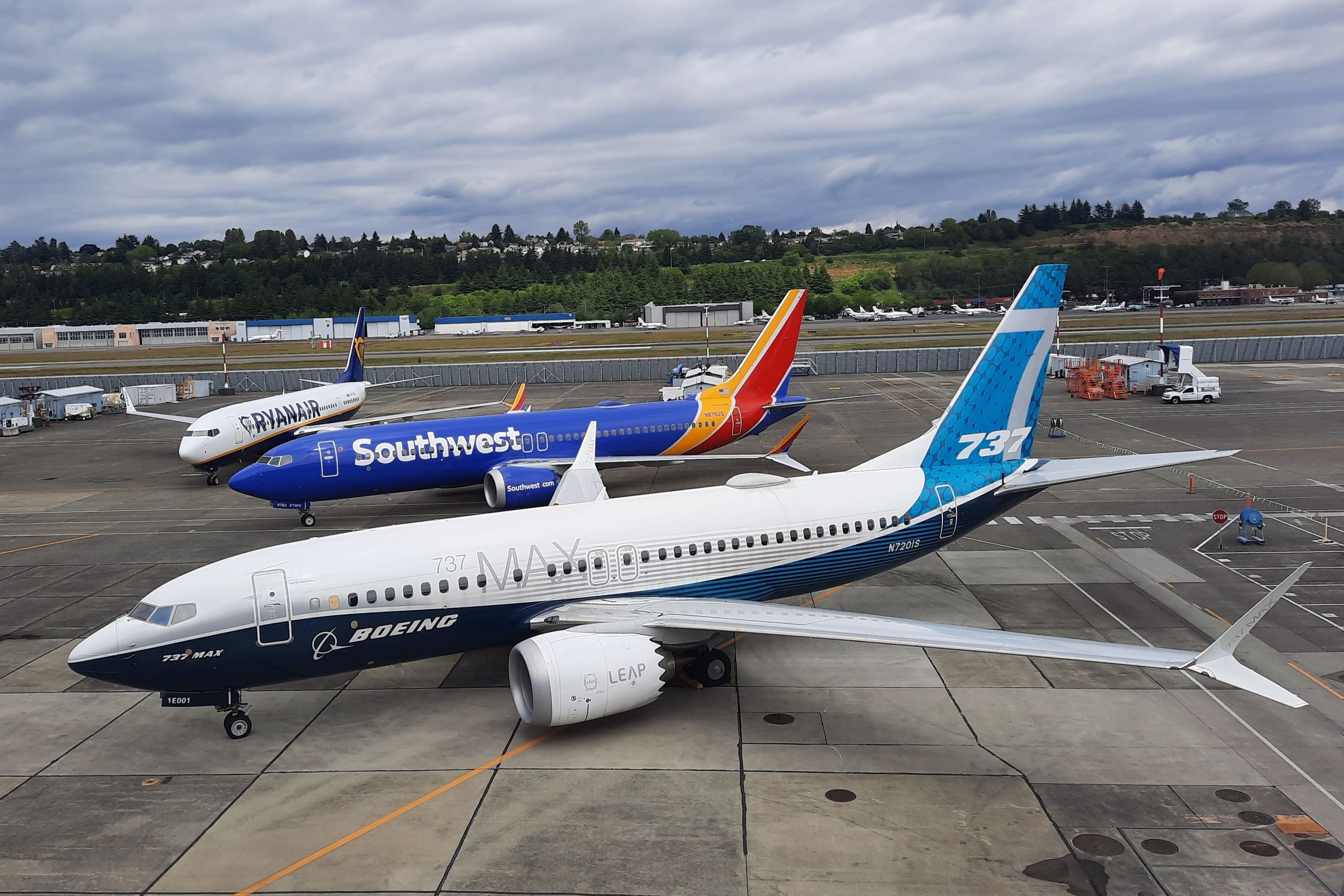
Related
737 MAX 7 Certification Remains Uncertain After Boeing Withdraws Safety Exemption Request
The manufacturer had previously been hoping to get the aircraft certified this year.
FAA & NTSB blamed bird strike and MCAS
However, the FAA and the NTSB have blamed Boeing’s then-new software, the Maneuvering Characteristics Augmentation System (MCAS) for the Ethiopian Airlines crash. The Seattle Times states, “Boeing recently pleaded guilty to misleading safety regulators about MCAS and how much training pilots would need to fly safely.”
The NTSB concluded that a bird strike damaged a sensor, likely triggering the MCAS software (and therefore stating it wasn’t a faulty-manufactured electrical part causing an electrical error). Ethiopian authorities, for their part, claimed the MCAS software was triggered by “production quality defects.”

Related
New Whistleblower Claims Emerge Just Hours Before Boeing CEO To Appear Before Congress
The whistleblower works on the quality assurance team at Boeing.
Pierson claims manufacturing defects are at fault
Pierson suggests that the records and an earlier safety incident point to the possibility that the Ethiopian jet crash may have been initiated by an electrical problem. According to Pierson, the problem traces back to production issues with electrical wire bundles. Pierson goes so far as to allege that “Boeing knew the manufacturing was an absolute disaster.”
Photo: Thiago B Trevisan | Shutterstock
Boeing has denied Pierson’s allegations. In December 2019, Boeing stated, “Importantly, the suggestion by Mr. Pierson of a link between his concerns and the recent MAX accidents is completely unfounded. Mr. Pierson raises issues about the production of the 737 MAX, yet none of the authorities investigating these accidents have found that production conditions in the 737 factory contributed in any way to these accidents. And the suggestion of such a linkage is inconsistent with the facts that have been reported about these accidents.”
The Boeing statement goes on to say, “We are confident that the NTSB and other accident investigative authorities and regulators are adequately assessing all potential causes of these accidents over the course of their rigorous, extensive, and independent reviews.” Yet the FAA 2018 report would seem to point to the opposite and support Pierson in some capacity.
Ethiopian 737 MAX had an “uncommanded roll” months prior
The released documents also note communications between Boeing and Ethiopian Airlines show that the same 737 MAX aircraft that later crashed had experienced an in-flight safety incident months before it crashed. Documents show Boeing told Ethiopian Airlines that the incident likely resulted from an electrical error.
The aircraft experienced an “uncommanded roll” – an incident where the plane rolls on its own, often startling the pilot and risking the pilot losing control. Boeing told Ethiopian Airlines it suspected it could be an electrical fault and instructed the airline to check the wiring.
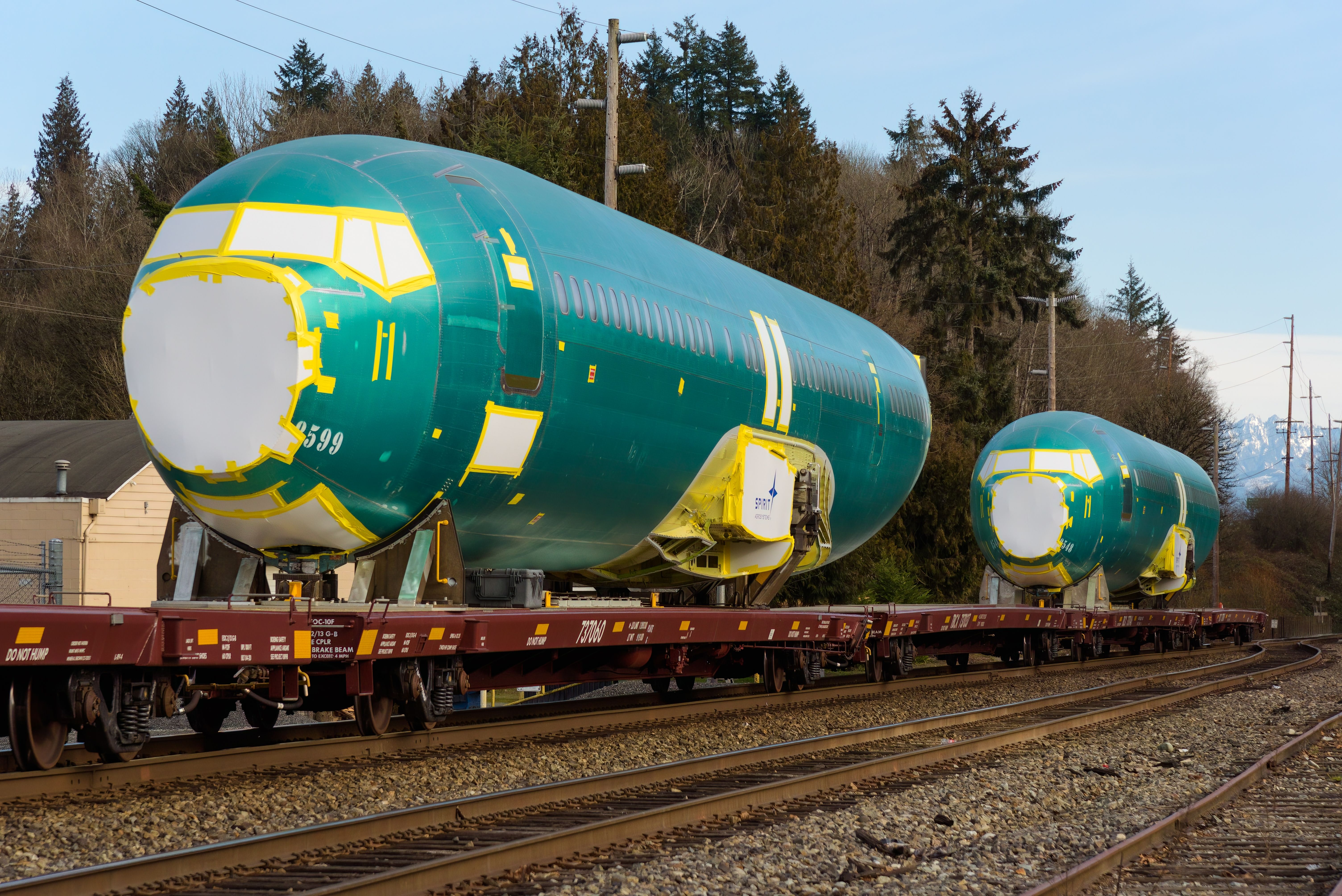
Related
Boeing Supplier Whistleblower Dies After Sudden Infection Takes Hold
The whistleblower previously worked at Spirit AeroSystems before he was let go from the Tier 1 Supplier.
Boeing employee-turned whistleblower
According to a website dedicated to Ed Pierson, “Ed Pierson, a former senior manager at Boeing’s 737 Factory in Renton, Washington, raised concerns to his supervisors about the dangerously unstable production environment and risks to the safety of airplanes. The factory was plagued with overworked employees, chronic part shortages, quality issues, and unrelenting schedule pressure to deliver MAX airplanes. Ed recommended Boeing leadership shutdown production operations before both crashes, but sadly he was ignored.”
Pierson worked for Boeing for over 10 years and was a senior manager responsible for production system support for 737 commercial airplanes and the military version of the 737 – the P-8 Poseidon aircraft. While still working for Boeing, he complained of safety risks from the frantic production pace in the summer of 2018 (he left Boeing in 2018).
His complaints were voiced months before the first fatal 737 MAX crash but fell on deaf ears. Since then, he has repeatedly stated that manufacturing defects played a role in the crashes. He says the MAX fleet remains unsafe.
